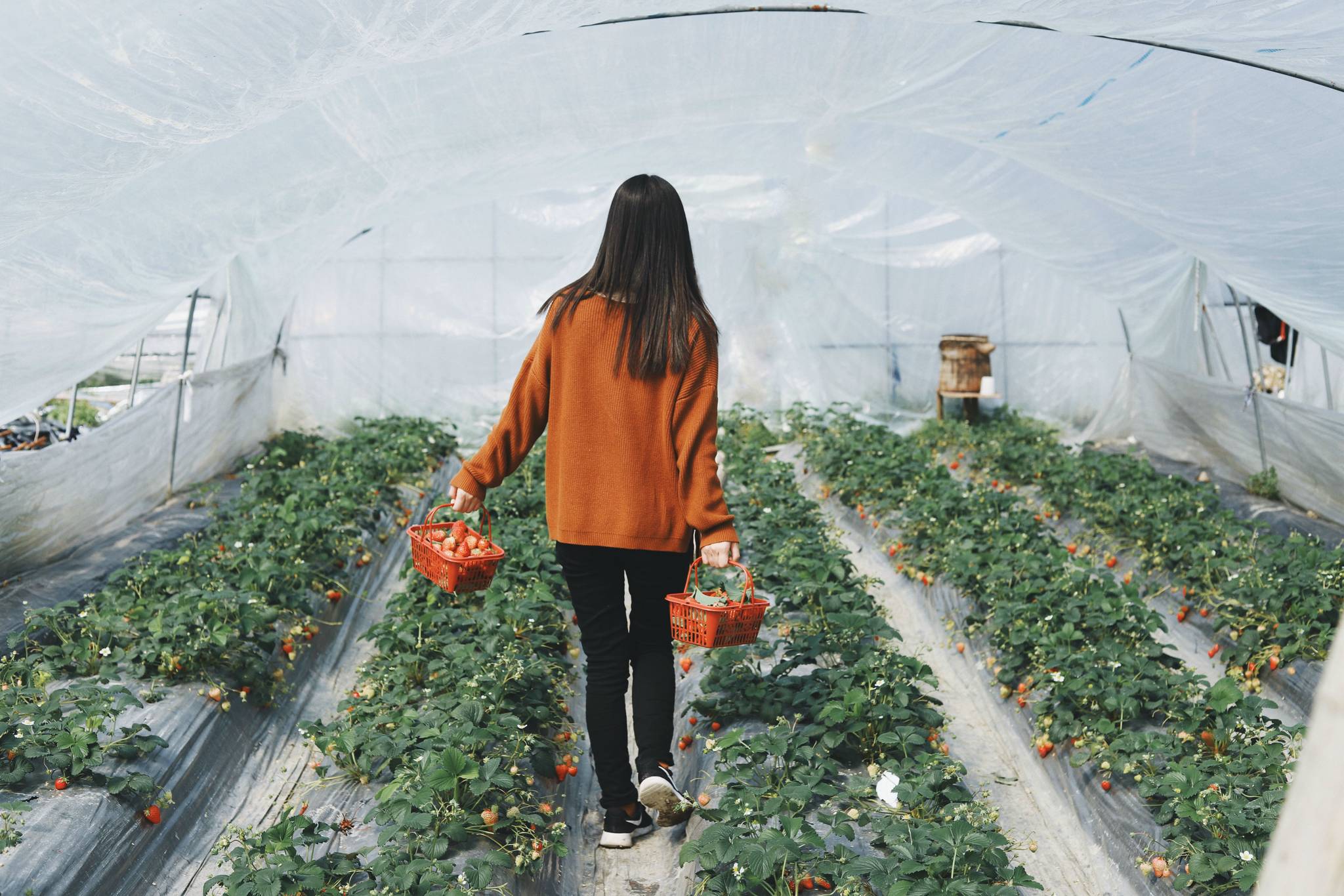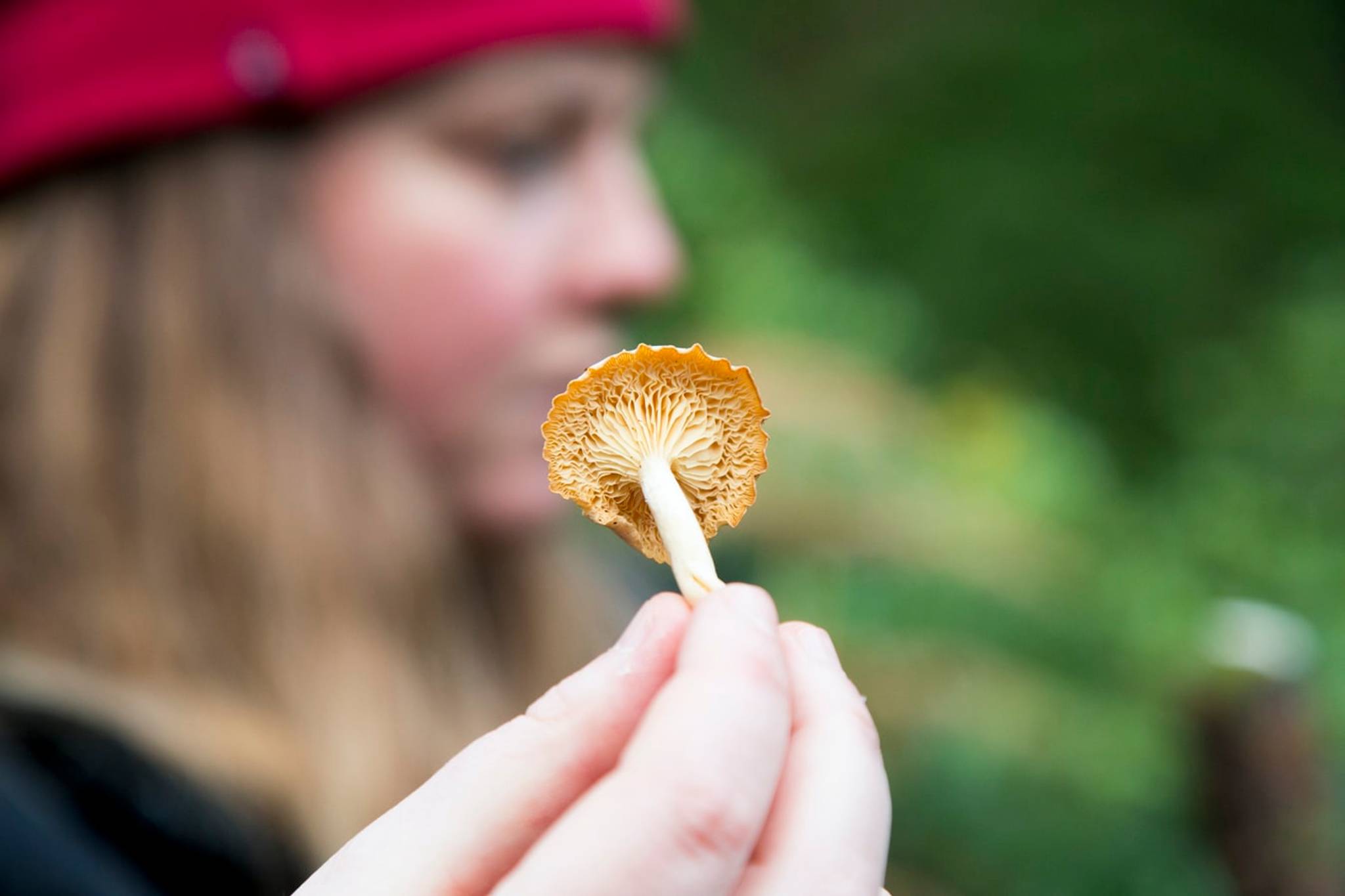
Amid soaring food costs and with a winter recession looming, people are looking for support and resources to help them get by and put food on the table. Responding to this need, a Cornwall-based social enterprise has developed a foraging map that pinpoints areas with abundant wild ingredients.
In April 2022, over two million people in the UK went without food for a whole day because they couldn’t afford to eat. As the cost of living crisis exacerbates food insecurity across the country, many people are struggling to maintain healthy diets without breaking the bank. However, for some Cornish locals, help is being offered from an unlikely source – a foraging map.
Vix Hill-Ryder, the founder of Family Foraging Kitchen, produced the community food support map to educate residents in the Cornish hamlet of Rame and the surrounding area on the best places to find wild food. “The cost of living at the moment is so expensive that we no longer can afford to go into a supermarket and do a weekly shop,” she says. “It just doesn’t stretch that far. Stretching is the way forward, and I can show you how to do that […] with a local hedgerow.” From dulse, a seaweed that can be fried as a bacon alternative, to flower heads that can be used to make tasty puddings, the map pinpoints areas of South East Cornwall where people can find an abundance of wild ingredients to help supplement their weekly shop.
By providing information about the natural resources on people’s doorsteps, the Family Foraging Kitchen hopes to alleviate an encroaching cost of living crisis while helping people restore the lost values of nature into their lives. But with many restricted in terms of access to local, natural resources, how effective can foraging be as a tool in helping people navigate rising costs?
Amid the financial pressures being felt across the UK, a looming winter recession, and in the wake of the pandemic, people have been turning to the natural world for solace and escape. Among adults in England, 45% say they’re spending more time outdoors in 2022 than before the pandemic, and four in ten report that nature and wildlife are more important than ever for their personal wellbeing – and with good reason. There’s a wealth of research that has found concrete links between increased exposure to nature and improved mental health, and strong evidence that access to green spaces can help treat symptoms of depression and anxiety.
In this way, the practice of foraging operates at the intersection of wellbeing and financial stability – encouraging people to get out, reconnect with nature, and pick healthy ingredients, with the ultimate goal of reducing the cost of their weekly food shop. Nutritional therapist Belinda Blake, who trained at the Institute for Optimum Nutrition, encourages everyone to explore their local green spaces and is a staunch advocate for foraging as means of fortifying mental and physical health. “Foraging has a calming influence. Simply being outdoors in the sun and fresh air calms down our stress response,” she says. “[It also] provides access to really fresh (and free!) food, which is full of nutrients and vitality to help support both immune and mental health.”
While the health benefits of foraging are clear to see, it can feel inaccessible to urbanites or people living in condensed cities with limited access to nature. However, there are people hoping to challenge this perception.
Colloquially known as John the Poacher, Jonathan Cook has been foraging in East London for decades since his family moved there when he was seven. He spends his days searching for herbs, fruits, flowers, mushrooms, and anything else that grows naturally on Walthamstow Marshes – an area of wetland sandwiched between the bustling streets of Hackney and Leyton. John estimates that maybe 1% of the UK population are aware of the edible plants and flowers that grow around them, and he’s helping to educate locals with guided foraging walks while dispelling myths about the quality of foraged ingredients. "Cook a wild field mushroom and a supermarket white mushroom the same way and see which is better. The supermarkets grow theirs in compost, mine grow where they want," he says. Amid soaring food prices, Sainsbury’s shoppers will have to part with close to £3 for a 225g punnet of blackberries, £1.50 for white mushrooms, and 90p for a small bag of rocket, all of which John has picked during his trips out on the marshes.
Foraging can also serve to diversify people’s diets and remove educational barriers to nutritional knowledge, with lesser-used ingredients like sweet chestnuts, hogweed, and elderberries readily available in British hedgerows. By democratising this knowledge and empowering people to go and find food in nature, John, and organisations like Hill-Ryder’s Family Foraging Kitchen, are giving Britons a lifeline amid the cost of living crisis. While work is being done to reduce people’s food costs by brands like Asda, which is offering £1 meals for children at its stores, and Tesco, which has introduced ‘healthy zones’ to promote low-cost nutritious eating, the growing necessity for resources like social supermarkets and food banks signals a need for greater support.
In this unpredictable economic and financial climate, foraging isn’t a one-size-fits-all solution to helping people combat rising food costs. However, it can provide consumers with a sense of agency, empowering them to take control of their diets and soften the financial blow of the weekly food shop, all while promoting a deeper connection with their local environments. “[The foraging map] is to give people an idea of the kind of places they can go where things are in abundance,” explains Hill-Ryder. “[W]hen it comes to local families and families going out to feed themselves and their children for free, I think that is the last true freedom that we have left as human beings.”



